 So yesterday I enjoyed a little rant about the game our governments, supported by the people’s consumer-driven values, are playing with military pawns, strategically placed towers, and other oil-powered weaponry. We established the difficulty in knowing what sources we can trust, but decided that either way whatever moral and immoral tactics the governments are using with their present day “war of wants”, it is the westerners that gain the lifestyle benefits of cheap clothes and food and transport and travel. I am absolutely a beneficiary of this, and I must say I’m glad to be on my side of the fence. But we also established that our state of being is temporary. One day, if we keep playing this zero-sum game, someone else will be the winner and we will be the losers. I left you with a hint of hope: is there another way?
So yesterday I enjoyed a little rant about the game our governments, supported by the people’s consumer-driven values, are playing with military pawns, strategically placed towers, and other oil-powered weaponry. We established the difficulty in knowing what sources we can trust, but decided that either way whatever moral and immoral tactics the governments are using with their present day “war of wants”, it is the westerners that gain the lifestyle benefits of cheap clothes and food and transport and travel. I am absolutely a beneficiary of this, and I must say I’m glad to be on my side of the fence. But we also established that our state of being is temporary. One day, if we keep playing this zero-sum game, someone else will be the winner and we will be the losers. I left you with a hint of hope: is there another way?
I believe there is a trump card. And that trump card is PEACE.
Ok, ok, don’t close down your browser just yet. I know it’s cliché. And I’m getting to the sex bit.
I think that there’s a difference lifestyle and world system out there that is more satisfying for each of us both mentally, physically and spiritually. What I am talking about is a world system not based on consumption and capital acquisition and an excessive usage of our world’s resources. It’s NOT based on competition, win-lose, on war and violence. What I’m talking about is a PARADIGM SHIFT. A change of game.
A shift from win-lose to win-win; a shift from competition to cooperation; a shift from a world based on limited supply to a world based on infinite creativity. It is crazy that people in the developing world die from hunger while people in the developed world die from obesity. One party has too much, the other has too little. Over the last couple of hundred years or so we have quite ironically and erratically set ourselves up in a lose-lose situation.
It is ridiculous that people in the developed world suffer from self-imposed stress-related illness and depression, and the developing world suffer from lack of self-determination that comes as a consequence of our material and superficial values. They work 17-hour days behind a sewing machine to provide us with more clothes we do not need. They work 17-hour days producing wheat and sugar, to create more unhealthy “foods” to make us fat. WHAT THE HECK IS GOING ON HERE?
There are hundreds of ways that this absurd system can be fixed. And everyone has a part to play.
Governments: shift the billions of dollars from defence budgets, stop filling up your troops with McDonalds style BBQ foods, and invest in addressing the roots of the conflicts – invest in sustainable cradle-to-cradle designs of products, houses and transport facilities. Be transparent. Create a true democracy.
Voters: vote for governments who put their money where there mouth is, that support the long-term future of humanity. Write letters to your representatives, tell them what you want.
Consumers: spend the extra on the products and services that are sustainable and buy less of the products that are not. Buy fair trade where you can. Write letters to companies and tell them what you want.
Shareholders: you are accountable for your investments. Your money has a consequence not only on the profit you receive in your profit, but also on the social and environment and political situation of your country, of the countries involved in the trade process – which will have an affect on you and your children. Tell the CEOs and MDs of the companies you are invested in what you want them to do with that money.
Bank account holders: your money you put in the bank is then invested in shares – so find out where your money is and make sure your bank knows your values.
Business decision makers: look at the outcome of your company’s actions and your decisions – not only in terms of profit for shareholders, but in terms of people and our planet. Where are your Inputs coming from? Where, after purchase and consumptions, are the remnants of your Outputs (including packaging) being disposed of? How could your product be designed better, so that it’s materials can be not only recycled but are “up-cycled” and used infinitely in the biological and industrial metabolisms? The aim is ZERO waste.[1]
Rich people: did you know that the 225 richest people in the world could provide the $40 billion needed to create a world where everyone has access to food, shelter, education, safe water, sanitation and healthcare [2]? So get off your ass and encourage mates to do so too. Invest in “social businesses” aimed purely at achieving a social or ecological objective. Your money alone can change the world!!!
Workers: look at the company you work for – what product are they creating? Is it good for the environment? Good for people? Where do they get their inputs? What toll does this have on people and the planet? Communicate your thoughts with your bosses. Think creatively – how can things be improved?
Media: try to report more than just the violence – tell people about the peace movements, give people the biggest picture you can get. I know it’s tough given your limited sources.
Basically we must THINK GLOBAL ACT LOCAL. We each can make a difference and together we can change the world.
Imagine if we can shift from looking at the world as game of chess, to seeing it more like, hmmm, more like SEX…
Imagine if the world was a place of making love – a game where there are only winners, and there are no losers. A game where each party feels more pleasure, the more pleasure they provide to the other. A game where energy is created, and not taken away. A game where the happiness and joy and creativity is infinite. A game of utter satisfaction and never-ending joy and happiness. And with no ecological footprint. Now that’s my kind of world.
Did my peace card trump your defense card? DOES SEX TRUMP CHESS? Is it time to change the game?
References:
[1] William McDonough & Michael Braungart (2002) Cradle To Cradle: Remaking the Way We Make Things, North Point Press.
[2] L. Schirch (2002) “Human Rights and Peacebuilding: Towards Justpeace”. Paper presented to the 43rd Annual International Studies Association Convention, New Orleans, Louisiana, 24-27 March 2002.
Picture Credits:
Dormice® (click to see more of his incredible art) Sawan Yawnghwe – A very successful Canadian artist based in Panzano – Florence, Italy. My distant friend.

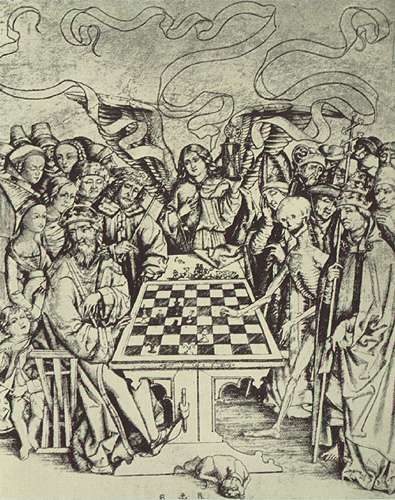
 “War is like a chess game – operated by a few key people, everyone else doing what they are told.” “In war, who is the real enemy? The real enemy is war itself.” War is “preserving democracy, not practicing it.” Crimson Tide
“War is like a chess game – operated by a few key people, everyone else doing what they are told.” “In war, who is the real enemy? The real enemy is war itself.” War is “preserving democracy, not practicing it.” Crimson Tide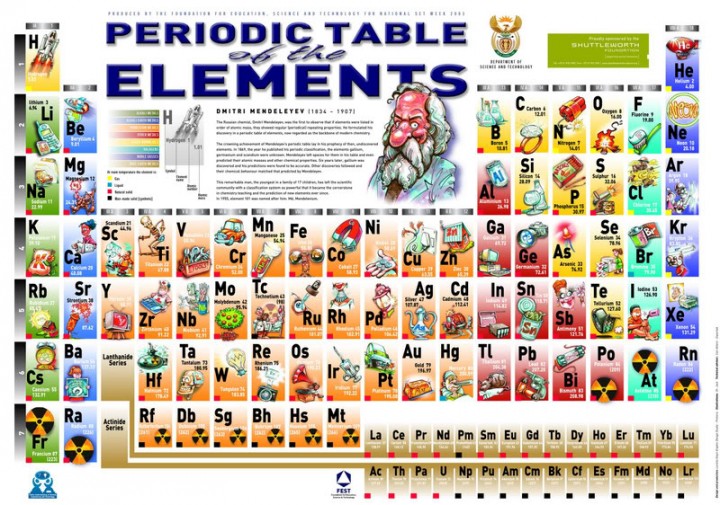
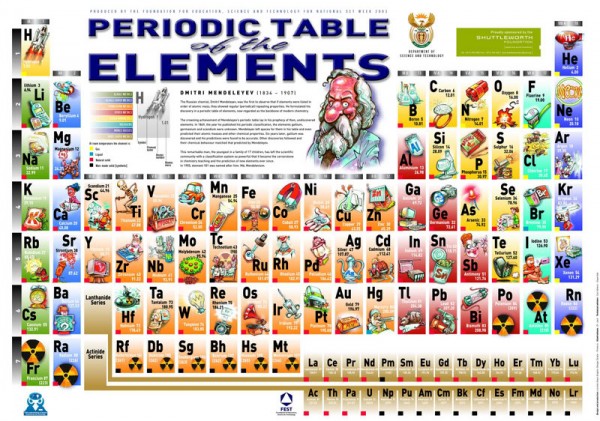 To recap, in our first chapter of this Big History Blog Series, we learned that the Big Bang theory is based on the observation that our universe is expanding and hence that it must have once been smaller. Winding back time we imagined the infinitesimally small point of singularity. At the point in time we can call the beginning of time, we went from nothing or a something that lays beyond our understanding, to the existence of quarks and the laws of gravity and electromagnetism. This combination caused quarks to explode and become protons and electrons. Protons and electrons in turn combined to make hydrogen and helium atoms.
To recap, in our first chapter of this Big History Blog Series, we learned that the Big Bang theory is based on the observation that our universe is expanding and hence that it must have once been smaller. Winding back time we imagined the infinitesimally small point of singularity. At the point in time we can call the beginning of time, we went from nothing or a something that lays beyond our understanding, to the existence of quarks and the laws of gravity and electromagnetism. This combination caused quarks to explode and become protons and electrons. Protons and electrons in turn combined to make hydrogen and helium atoms.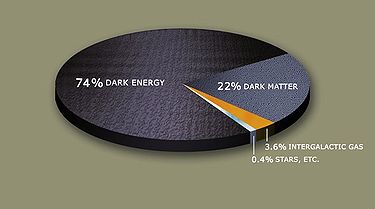
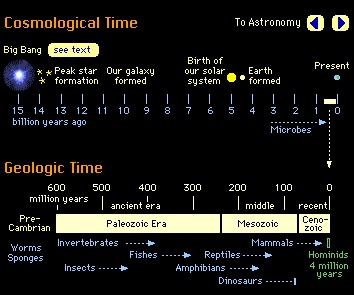


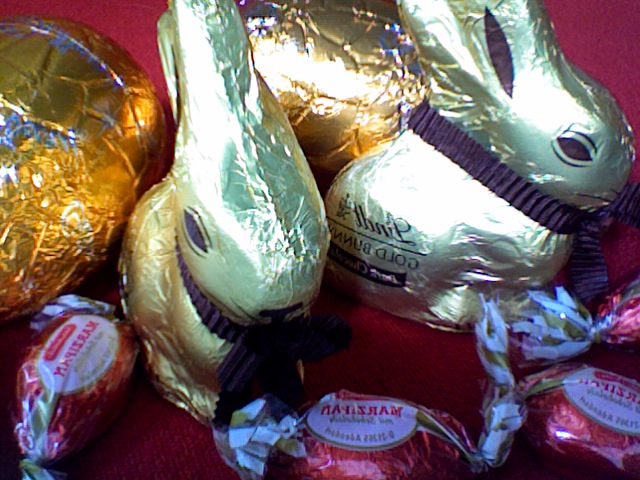
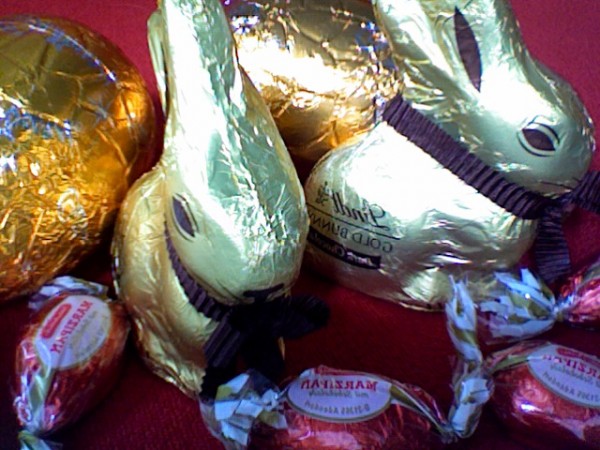

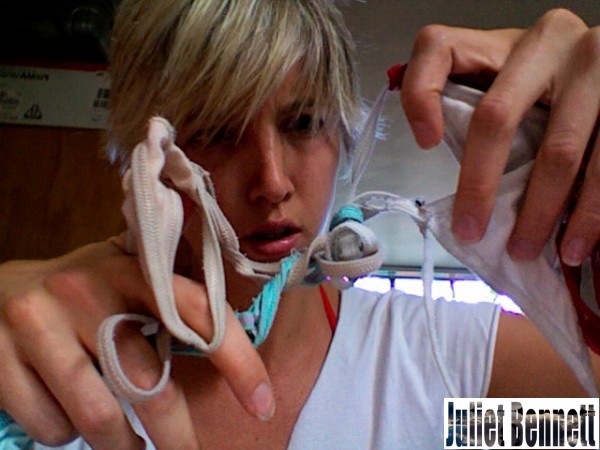 I had been trying to write journal articles and my mind seemed to mix up the concepts and ideas. I had been trying to edit my book but it seemed muddled up as well. I don’t even know what genre it fits. And let’s not mention my love life. All in all I felt as if my brain was tied in knots. And there it was, in my washing too. After five minutes of trying to untangle it I didn’t have the patience to continue.
I had been trying to write journal articles and my mind seemed to mix up the concepts and ideas. I had been trying to edit my book but it seemed muddled up as well. I don’t even know what genre it fits. And let’s not mention my love life. All in all I felt as if my brain was tied in knots. And there it was, in my washing too. After five minutes of trying to untangle it I didn’t have the patience to continue.